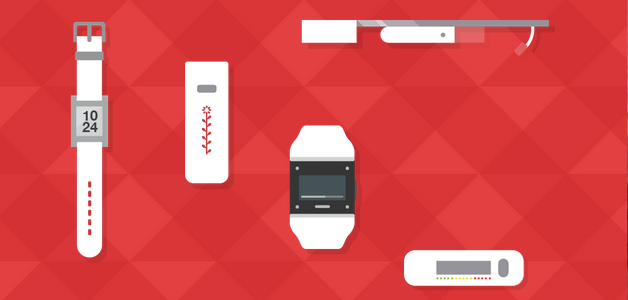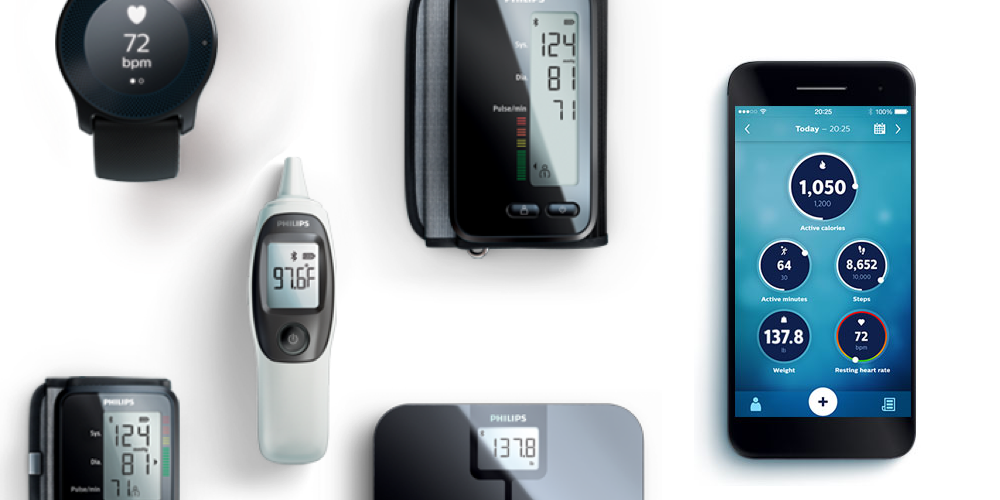Attention Adopters! Track Everything with Wearable Ecosystems
LifestyleNewsTech March 29, 2023 Damon Mitchell

With wearables, there are two types of people: those who are into them and those who are not. The former subdivides, but for simplicity sake, we’ll lump them into one category: adopters.
Yeah, like early adopters… just less wordy. Adopters rush headfirst into technology. Expect they will be the first using ecosystems.
In ecosystems, data is not limited to the wrist. Ecosystems encompass wrist-worn devices, connected to smartphones, networked with chest straps, rings, head scanners, and neural implants.
Some of that I made up. Close enough.
What follows are three companies that are at the tip of this approach to wearables. What they give adopters is so much more than data. It’s robust data, with tools to analyze that data, even coaching.
It’s a wristband, a scale, and a chest strap, all connected through UA’s proprietary software.
The Heath Box does not ship with the Speedform Gemini RE shoes, nor the heart rate measuring Bluetooth headphones. It does, however, integrate with them.
Worn together you get a system that tracks your exact worldwide position at every step of the way. It also tracks your heart rate with medical precision, the number of steps you’ve taken, how you’ve slept, your body composition, and your progress toward your goals.
The list of tracked information is too long to list them all.
It compiles this data into understandable charts, giving you insights powered by Watson. You know, the super computer with advanced AI abilities?
Philips Connected Health Suite
The Philips’ suite of connected devices is quite different. They connect a health watch, a scale, but also a blood pressure monitor and an ear thermometer.
Where Under Armour appeals to the competitive athlete in all of us, Philips appeals to even-minded adult. Considering UA is the fledgling company of the two, Philips represents is venerability well.
The health suite is as much about internal data as it is about performance. Their scale measures more than just weight, but composition data is pretty normative these days.
Their wrist device is also a much simpler form factor, so aging adults can use it. The suit connects through Philips proprietary app.
This will presumably link to your doctor’s office soon.
Boltt
Shoes, wireless headset, and a smart band , all tied together with an app sporting artificial intelligence. Sound familiar?
Boltt worked with Garmin to develop their sensor technology, which captures movement and internal data like heart rate.
While at first, the Boltt setup sounds a little less sophisticated than the UA Health Box, the kicker is the AI. Boltt’s AI will work with users in real time.
Since they are still in beta, how this all works is a little in the air, but what they promise is something. Other than the Vi headphones, real-time artificial intelligence is not common in wearables.
Where this goes from here is anyone’s guess. We envision more tailored ecosystems. Future families of wearables could cater to more specific activities, like martial arts or golf. They would help athletes retain their edge through constant feedback.
The proof of this probably future is found in the divisions above.
Expect more specificity in the future. Also expect that there will always be folks who think this is all so cool, but many who think it’s so scary.




